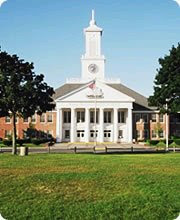A Gotham Bloomsday
By Robert Sullivan
June 15, 2010
The New York Times
James Joyce
Times Topics
June 13, 2011
"The status of James Joyce as a writer never could be determined in his lifetime. In the opinion of some critics, notably Edmund Wilson, he deserved to rank with the great innovators of literature as one whose influence upon other writers of his time was incalculable. On the other hand, there were critics like Max Eastman who gave him a place with Gertrude Stein and T.S. Eliot among the "Unintelligibles" and there was Professor Irving Babbitt of Harvard who dismissed his most widely read novel, "Ulysses," as one which only could have been written "in an advanced stage of psychic disintegration."
Originally published in 1922, "Ulysses" was not legally available in the United States until eleven years later, when United States Judge John Monro Woolsey handed down his famous decision to the effect that the book was not obscene. Hitherto the book had been smuggled in and sold at high prices by "bookleggers" and a violent critical battle had raged around it.
"'Ulysses' is not an easy book to read or understand," Judge Woolsey wrote. "But there has been much written about it, and in order properly to approach the consideration of it it is advisable to read a number of other books which have now become its satellites. The study of "Ulysses" is therefore a heavy task.
"The reputation of 'Ulysses' in the literary world, however, warranted my taking such time as was necessary to enable me to satisfy myself as to the intent with which the book was written, for, of course, in any case where a book is claimed to be obscene it must first be determined whether the intent with which it was written was what is called, according to the usual phrase, pornographic, that is, written for the purpose of exploiting obscenity. -- From the New York Times obituary, January 13, 1941
Related: Full obituary text"

